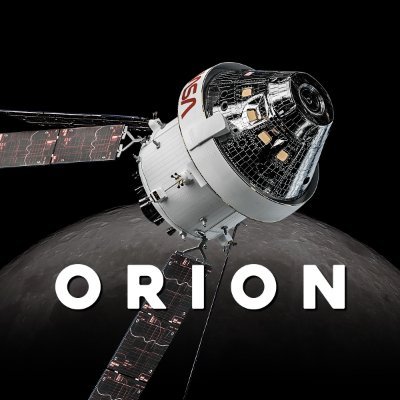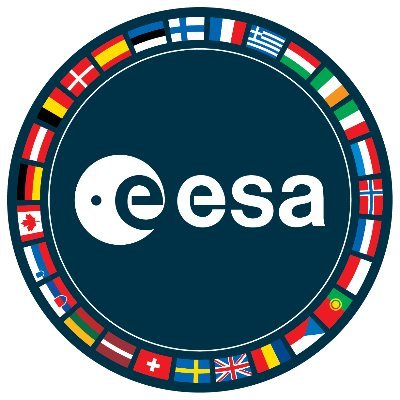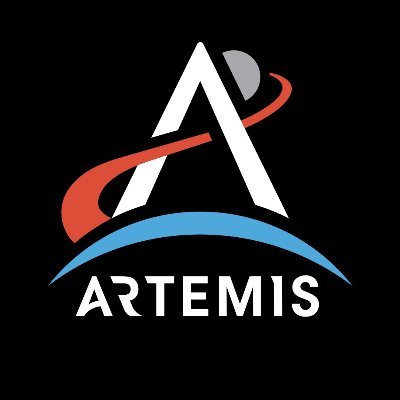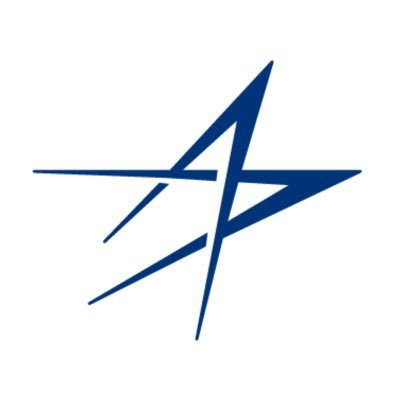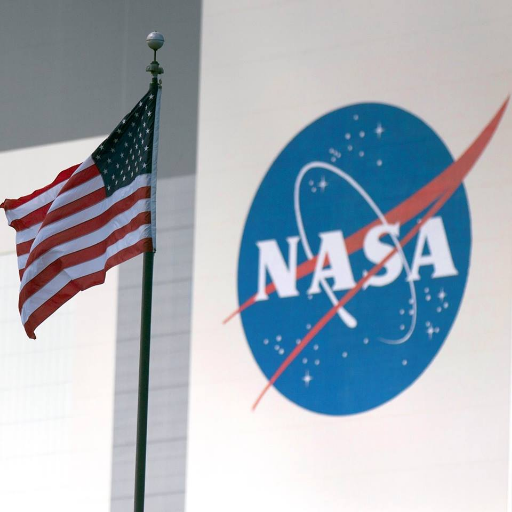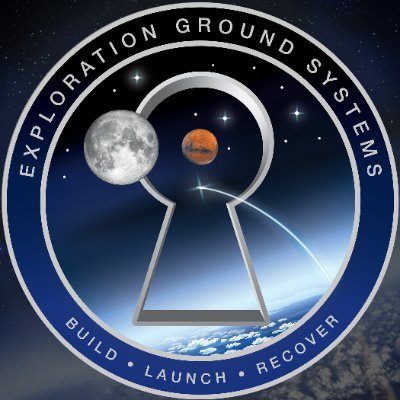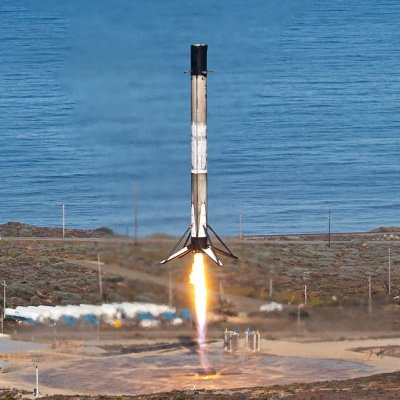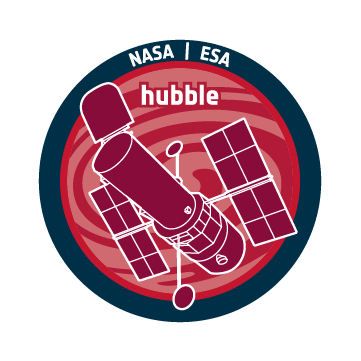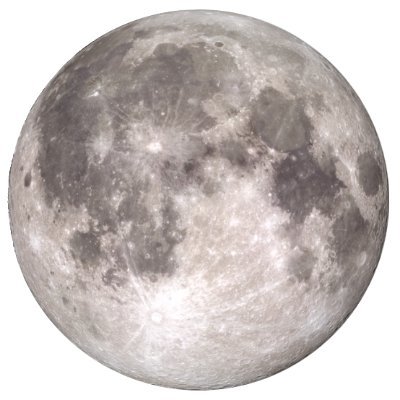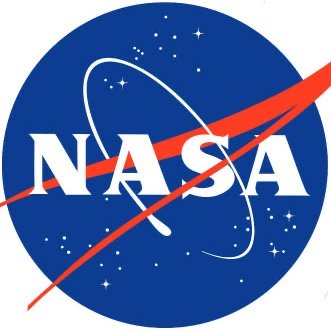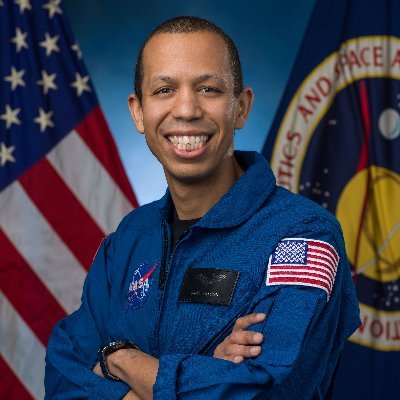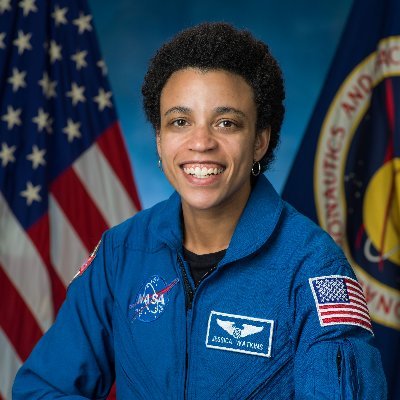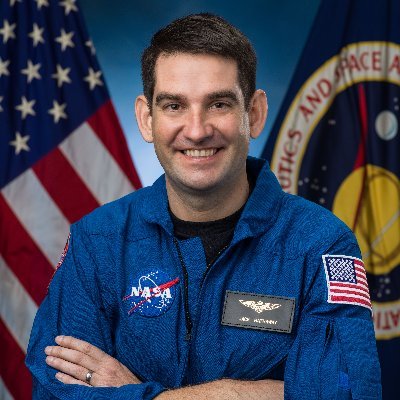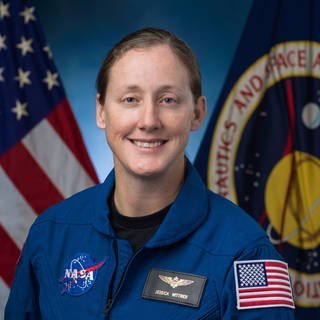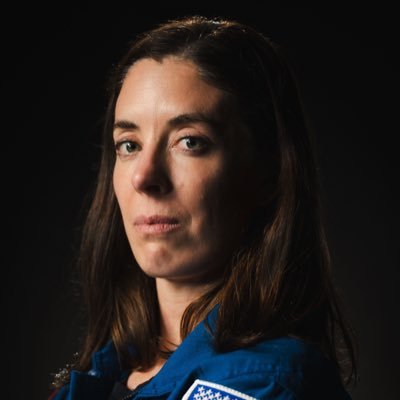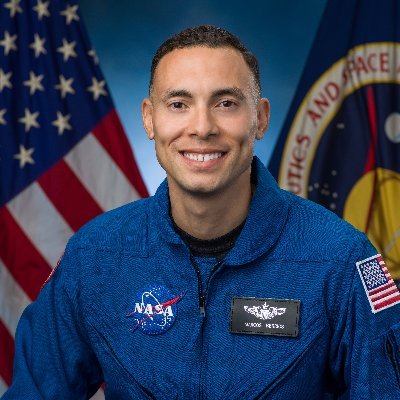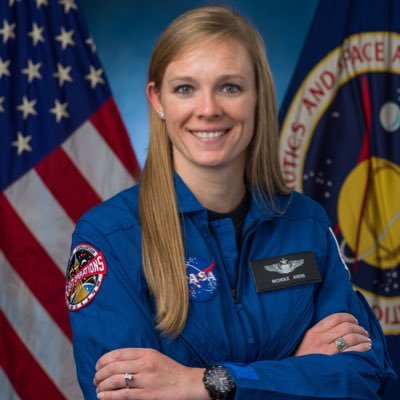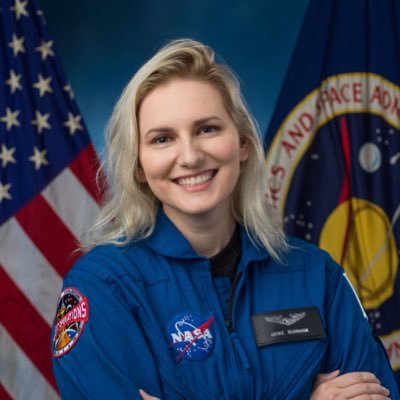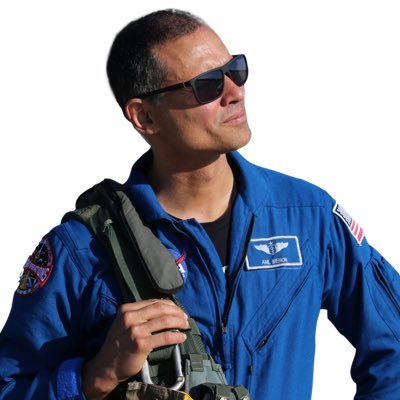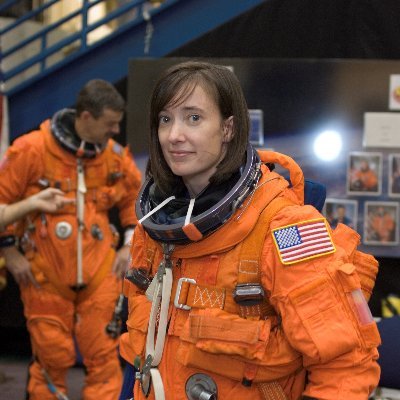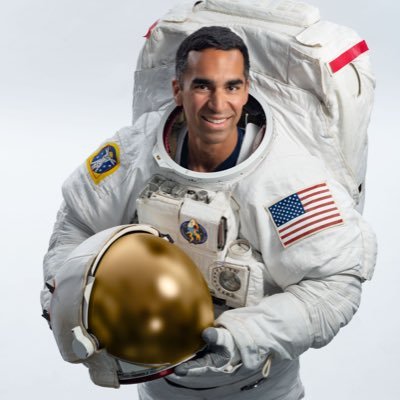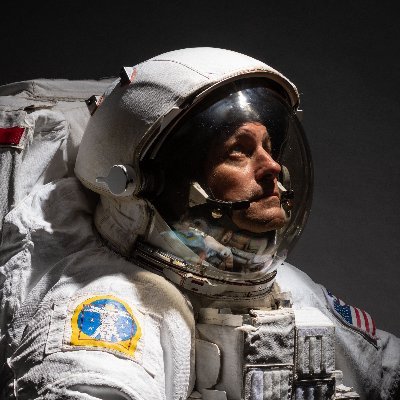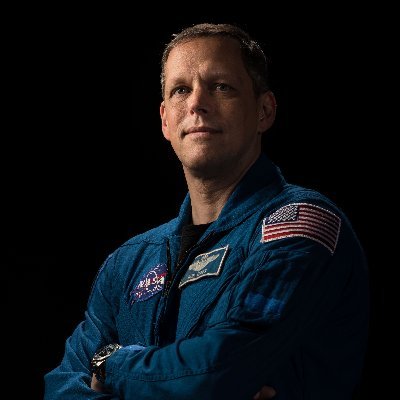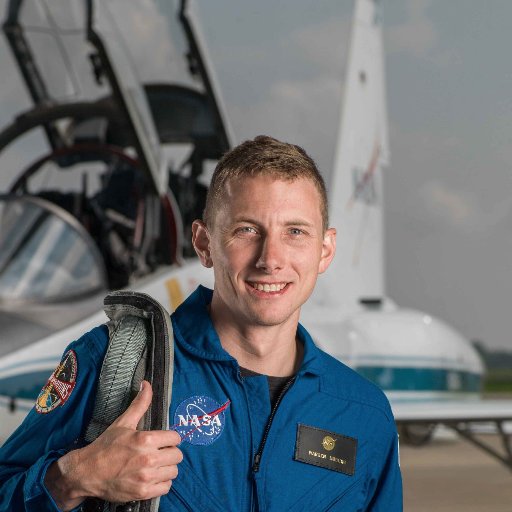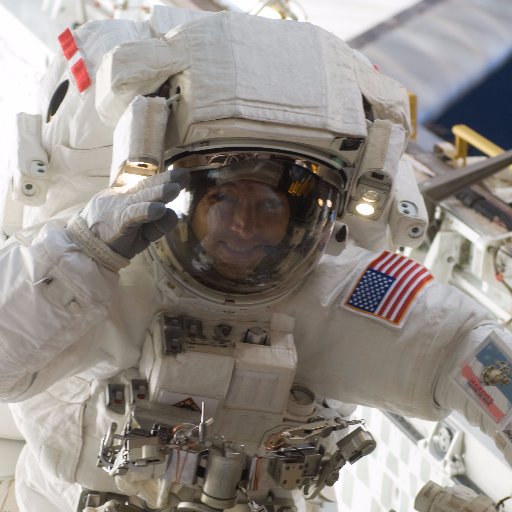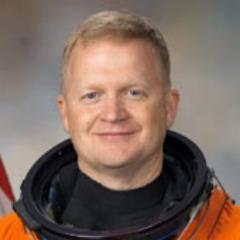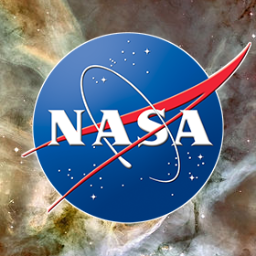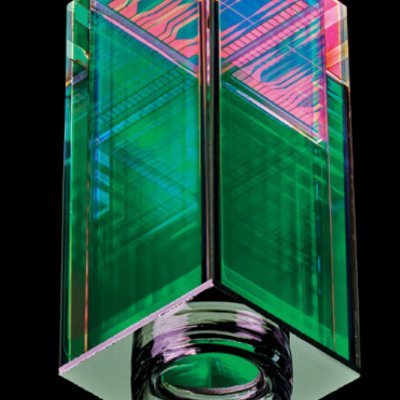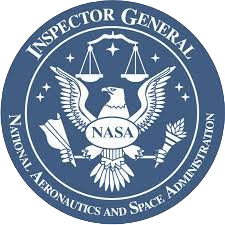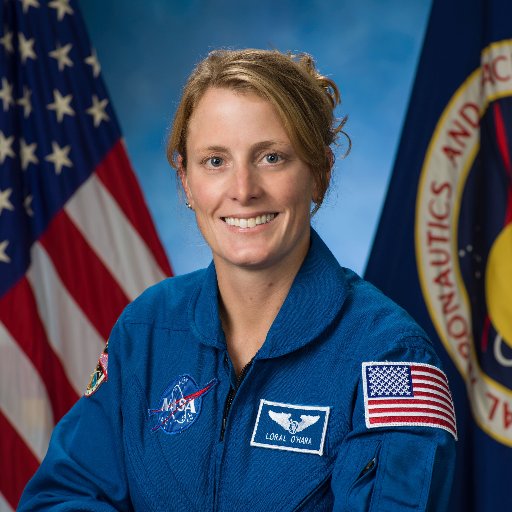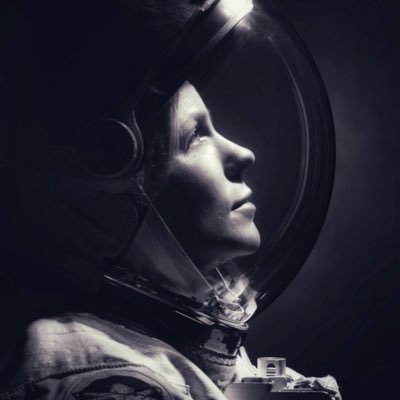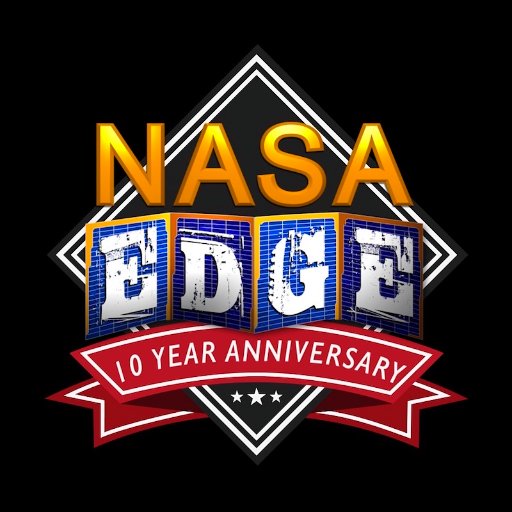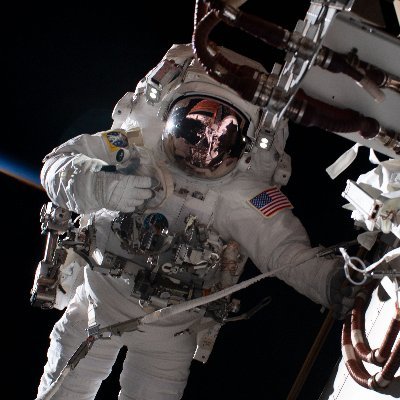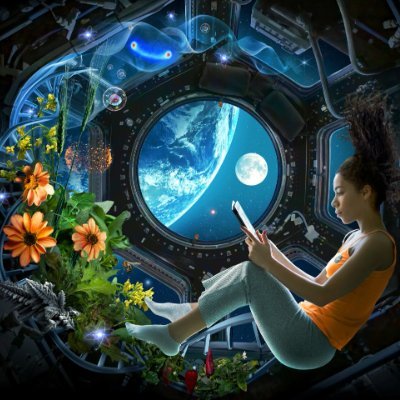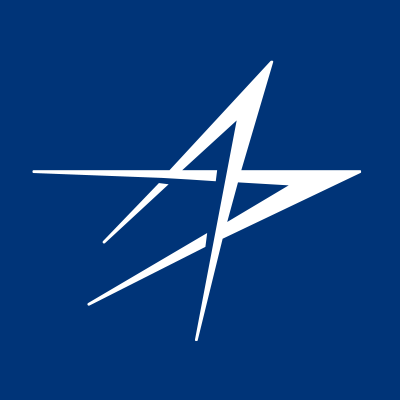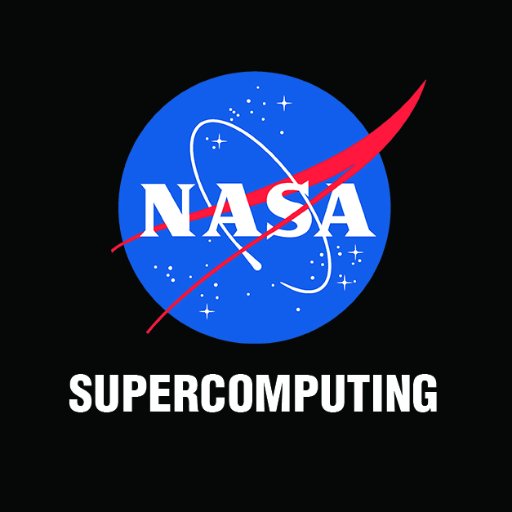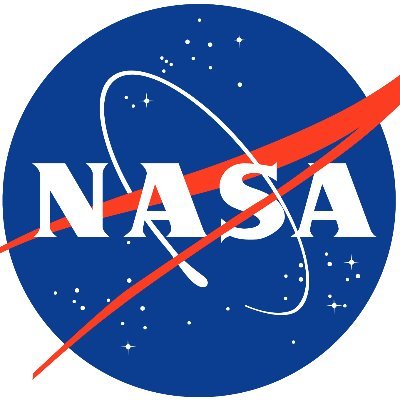
NASA Marshall
@NASA_MarshallWe are home to the Space Launch System & proven technical expertise in propulsion, space systems, and technology. Verification: https://t.co/f1Rtti0Zm6
Similar User

@NASAWebb

@NASAArmstrong

@NASA_Langley

@Space_Station

@NASAglenn

@NASA_Johnson

@NASAAmes

@NASAGoddard

@NASASolarSystem

@NASAUniverse

@NASASun

@NASAMars

@NASA_SLS

@NASA_Technology

@NASAExpeditions
🚀@EuropaClipper launched on it's mission to study Jupiter's icy moon on Oct. 14. After reaching Jupiter in April 2030, the spacecraft will conduct 49 close flybys of #Europa. Learn about the suite of instruments that will gather data during these flybys: go.nasa.gov/40RZf23

📡 For the last year, the laser that transmits from NASA’s DSOC (Deep Space Optical Communications) technology demo has continued to reach its target thanks, in part, to a small business and support from @NASA's Space Technology Mission Directorate. 🔗 go.nasa.gov/3Z6ppNd

During it's closest approach to the Milky Way galaxy, the Large Magellanic Cloud (LMC) has blown away most of the spherical halo of gas that surrounded it. Thanks to @NASAHubble, astronomers have been able to measure that halo for the first time! go.nasa.gov/40IcjXR

🥫@NASAWebb and @chandraxray are cracking the lid open on a new case! A rapidly feeding black hole at the center of a dwarf galaxy in the early universe, called LID-568, may hold important clues to the evolution of supermassive black holes. LEARN MORE >> go.nasa.gov/3Z3YAsY

This is your last chance to see a Supermoon this year! 🌕 The next full Moon will occur on Nov. 15, starting at 4:29 p.m. EST. A “supermoon” appears bigger and brighter than usual due to its close proximity to Earth. Learn more about it HERE> go.nasa.gov/40LtZ4Y

You're in for a thrilling ride on this latest episode of @NASA's Curious Universe! 🌀 Hear from hurricane hunter pilots as they fly directly into the eye of the storm, meet meteorologists building AI models to improve hurricane prediction, and more >> go.nasa.gov/3CyEle8

#VeteransDay is a time to honor the brave individuals who have served our country. From all of us at #NASAMarshall, we thank you. Learn more about members of our own workforce who served in the U.S. Armed Forces before beginning their @NASA careers >> go.nasa.gov/48OHbrx

⚓🚀@USNavy Reservist Public Affairs Officer and program strategic communicator for @NASA’s HLS (Human Landing System) at #NASAMarshall, Joe Vermette has spent many years communicating humanity’s greatest endeavors to the world. READ MORE >> go.nasa.gov/4fDu12S

This @NASAHubble image features NGC 1672, a barred spiral galaxy located 49 million light-years from Earth in the constellation Dorado. Recently, NGC 1672 was also among a crop of galaxies imaged with @NASAWebb Check out the comparison of the two images: go.nasa.gov/3YOt5Ca

Go with the tide 🌊 NASA-supported scientists have developed a new method to compute how tides affect the interiors of planets and moons. The results of the study could help interpret observations during future missions in our solar system. MORE 👇 go.nasa.gov/48E7GQB
This #STEMDay, jump into @NASA research! 🚀 Join us today at 11am ET to learn about pathways for students, educators, and people around the world to contribute to authentic and meaningful research: youtu.be/ViaD5Intiec

Check out NASA's #ImageOfTheDay! 🌎 As the @Space_Station soared 257 miles above northern Mexico, Expedition 72 flight engineer @astro_Pettit captured this long-exposure photograph of city lights streaking across Earth while a green atmospheric glow crowned the horizon.

To celebrate the successful launch of NASA’s @EuropaClipper mission, a new edition of the graphic series Astrobiology: The Story of our Search for Life in the Universe has been released! Learn more about Issue #4 – Missions to the Outer Solar System >> go.nasa.gov/3NXmNuI

A team of astronomers used @NASAHubble and @NASAWebb for an in-depth look at the nearly 100-billion-mile-diameter debris disk encircling the star Vega. To their surprise, they found no obvious evidence of any planets plowing through the face-on disk. 🔗 go.nasa.gov/4hwoQDF

This weekend, we joined over 200,000 attendees for STEM Day and the Blue Angels Homecoming Air Show in Pensacola, Florida! We loved introducing so many people to @NASA's work through demonstrations and exhibits and to look toward the future of deep space exploration together.



November Nights🌃 This month, catch planetary views of Saturn, Jupiter, and Mars, witness a close pass of the Parker Solar Probe by Venus, and get ready for an occultation of the bright star Spica by the Moon. Here are some skywatching tips for November: go.nasa.gov/3AvhCiz
We know there is water on the Moon, but where is it? 🔎 When NASA’s Lunar Trailblazer begins orbiting the @NASAMoon next year, it will help solve this mystery! Tap below to learn more about @NASA’s mission to decipher the Moon’s icy secrets 👇 go.nasa.gov/3OcLoMt
Several @NASA inventions that our #NASAMarshall workforce had a hand in supporting were named among TIME’s Inventions of 2024. Learn more about these innovative technologies that are exploring the unknowns of space and benefiting humanity on Earth >> go.nasa.gov/3CclGov

United States Trends
- 1. $MAYO 6.056 posts
- 2. $CUTO 7.406 posts
- 3. Tyson 369 B posts
- 4. Laken Riley 32,4 B posts
- 5. Pence 41 B posts
- 6. Dora 21,6 B posts
- 7. Ticketmaster 15,3 B posts
- 8. Cenk 8.706 posts
- 9. Mike Rogers 4.564 posts
- 10. #FursuitFriday 14,9 B posts
- 11. DeFi 105 B posts
- 12. The UK 421 B posts
- 13. Iron Mike 15,1 B posts
- 14. Pirates 17,2 B posts
- 15. Mr. Mayonnaise 1.214 posts
- 16. Scholars 10,5 B posts
- 17. Oscars 13,3 B posts
- 18. Kash 62,9 B posts
- 19. #FridayVibes 7.705 posts
- 20. #AmericaRecyclesDay N/A
Who to follow
-
 NASA Webb Telescope
NASA Webb Telescope
@NASAWebb -
 NASA Armstrong
NASA Armstrong
@NASAArmstrong -
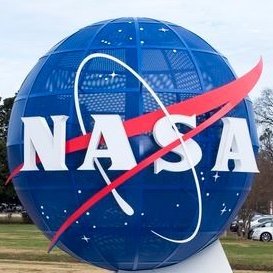 NASA Langley Research Center
NASA Langley Research Center
@NASA_Langley -
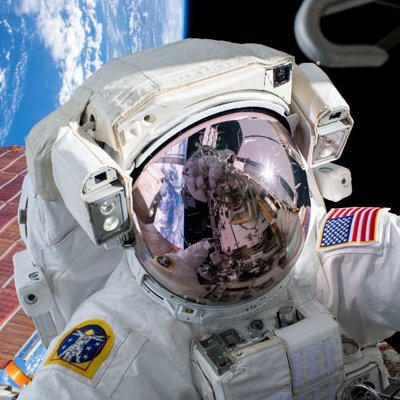 International Space Station
International Space Station
@Space_Station -
 NASA's Glenn Research Center
NASA's Glenn Research Center
@NASAglenn -
 NASA's Johnson Space Center
NASA's Johnson Space Center
@NASA_Johnson -
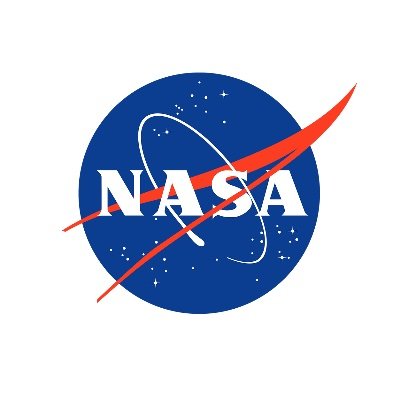 NASA Ames
NASA Ames
@NASAAmes -
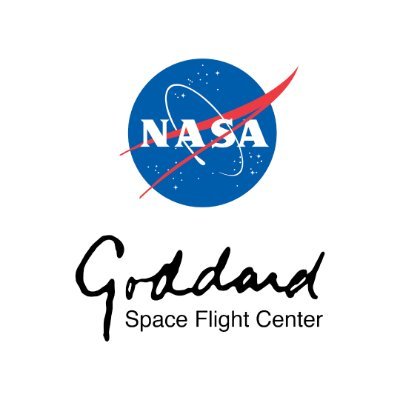 NASA Goddard
NASA Goddard
@NASAGoddard -
 NASA Solar System
NASA Solar System
@NASASolarSystem -
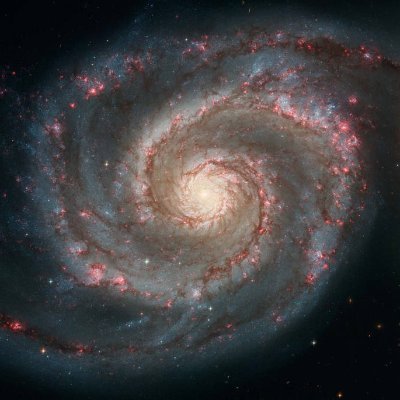 NASA Universe
NASA Universe
@NASAUniverse -
 NASA Sun & Space
NASA Sun & Space
@NASASun -
 NASA Mars
NASA Mars
@NASAMars -
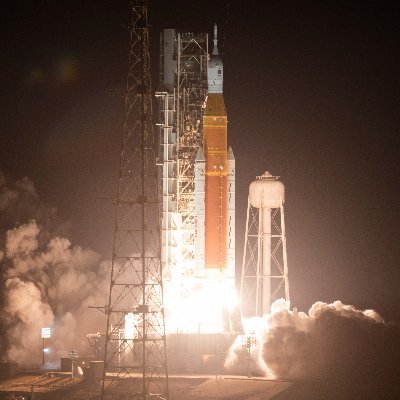 NASA_SLS
NASA_SLS
@NASA_SLS -
 NASA Technology
NASA Technology
@NASA_Technology -
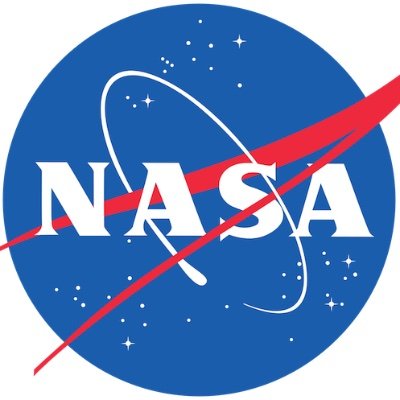 NASA Expeditions
NASA Expeditions
@NASAExpeditions
Something went wrong.
Something went wrong.



